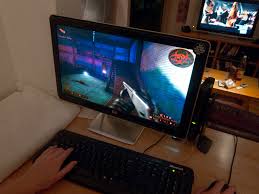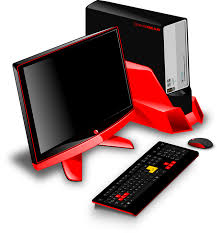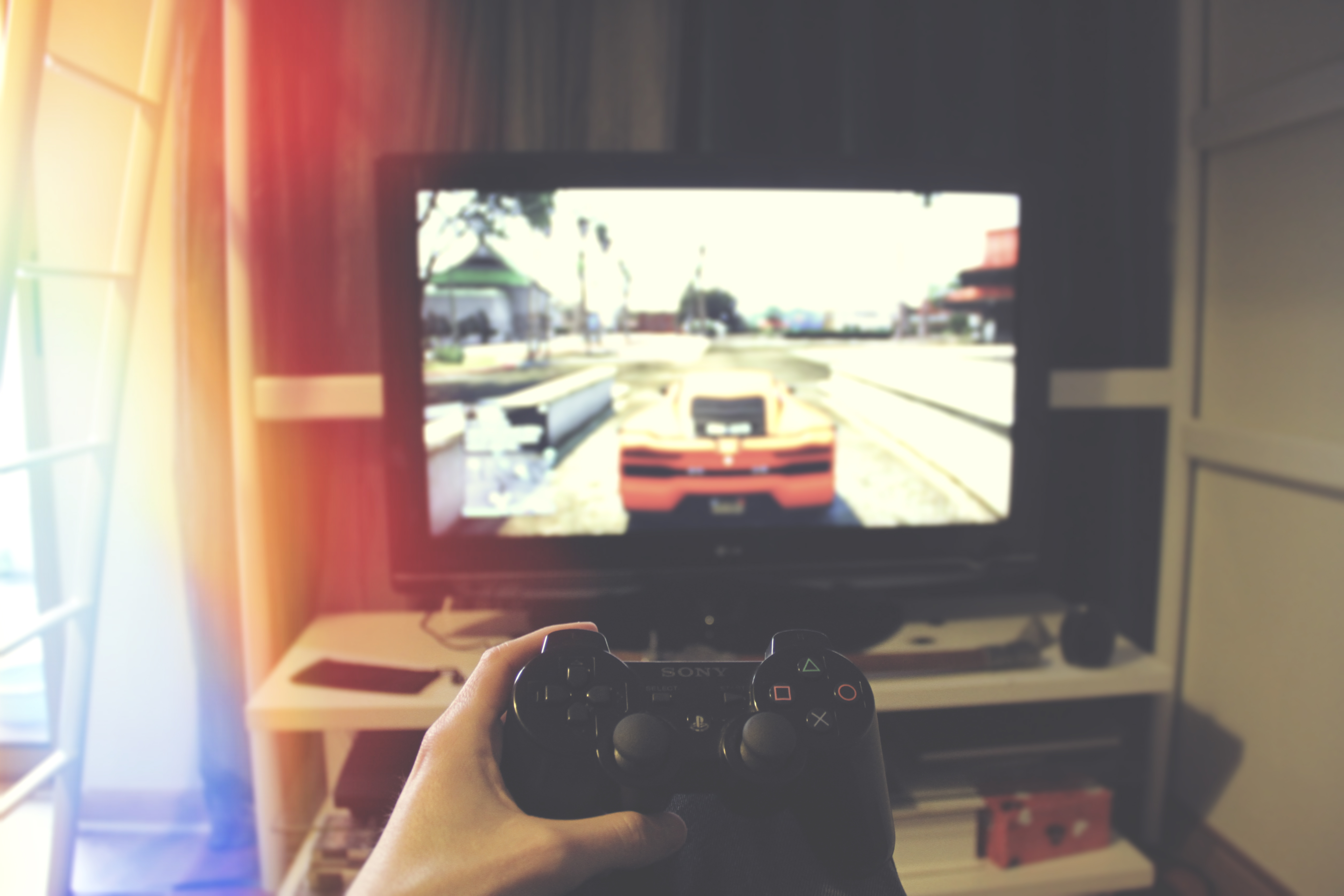Nowadays, it is common to see a huge list of computer accessories branded with the word gaming. When it comes to matters gaming, most people associate these accessories with superior features considering that modern games are quite sophisticated. When it comes to gaming monitors, most people do not see a clear cut difference between a gaming monitor and an ordinary one. However, if you are a dedicated gamer, it is easy to point out these differences.
Things to look at in a gaming monitor
The physical size
The size of a gaming monitor is usually a matter of personal

Resolution
This defines the number of pixels in the screen. Like the aspect ratio, it is expressed as a multiple of the width and the length. For instance, a full HD monitor measuring 1920 by 1080 means that there are 1920 pixels along the width and 1080 pixels along the height. Notably, a smaller screen with a similar number of pixels with a larger screen is bound to be clearer than the larger monitor. As such, when shopping for the best gaming monitor for the money, you should be very careful when looking at the resolution.
Response time


In conclusion, anyone looking for a gaming monitor should look at things like the screen size, contrast ratio, resolution, and response time. Well, there are lots of other features to look at like panel types, refresh rate, and the syncing technology used (G-sync and Freesync). Not just that, you also need to work with a budget to avoid overspending.

